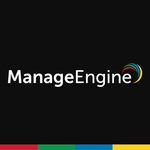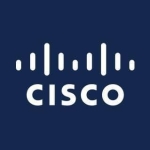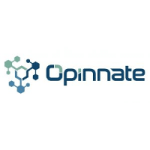It allows us to use the compliance portion of it to do our compliance reports. It also allows us to do peer review on our changes when we do firewall pushes. Before we do our firewall pushes, we compare what changes we made during the staging process in the week. We go over them to make sure that nothing is going in that should not be going in. Also, we check each other's work to make sure nobody fat-fingered anything and gave somebody some crazy access to somewhere that shouldn't have been.
There should be a heck of a lot more benefits for us. The problem being we don't have the time or the training to do that. We just upgraded to 16.1. Now that we're on a supported version, we hope to get some training so that we can utilize the product a lot more than we currently are. It does exactly what we need it to do. I think with some tweaking and some more knowledge of the product, I think we'll get to where we need to be.
When we do our change reports, some of those reports come out at a thousand pages. We have to submit those to management. When they look at the report, they say, "Why is this report a thousand pages?" We found out that, when we do a global rule, it removes all the global rules and then re-adds all the global rules.
We're in a Provider-1 environment, we have four CMA's, we have 78 firewalls. That generates a huge report. Management looks at it and says, "This is useless. You should filter through x amount of pages to get to the meat."
From what we found out, they have an idea about how to fix it, but I don't think they really know what to fix.
We also have had challenges with the way it does certain functions. For example, the exceptions. I think a lot of it could be we're just not trained and don't have the knowledge of the system. And I think once we start getting in there and start using it more, that's when we’ll find little things that happen like the global policy injection and removal. Our biggest challenge now is we have new management. When we send them the reports, they're not really happy with the reporting structure of it.
Otherwise it does what we ask it to do. It's never been down, it's always reported everything that we needed to report. We never have challenges in that regards. But again, it's a lot of the reporting structure that is challenging for us right now.
We don't have a problem with it crashing at all. We've never had a problem with it crashing at all. It's always been functional.
I think it's been solid. It's always been there for us.
We have used support in the past. We use it mainly for compliance, for when we want something not to show up on a report.
They're constantly upgrading, they're constantly adding new things to it. That's a good sign. As the technology changes, they're on the forefront of it to get you those reports and use that technology in their new functionality. They just need to keep doing what they're doing.














Thank you for your post. Tufin does provide various levels of training to its customers ranging from highly customized to On Demand self paced training covering all our modules. The latter is provide free of charge to existing customers although there is an administrative charge should you want to be certified.